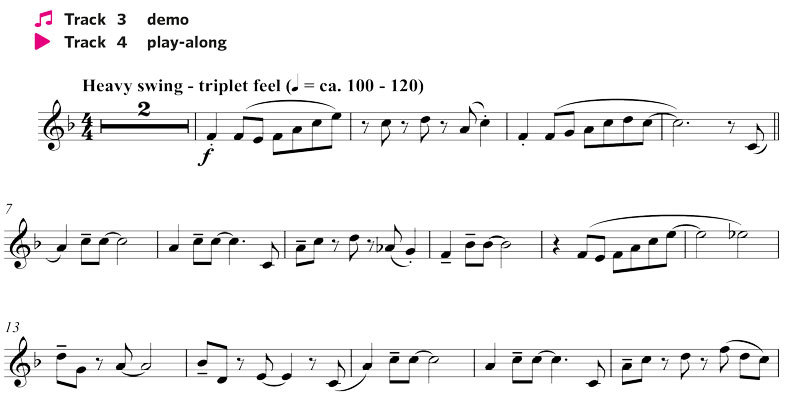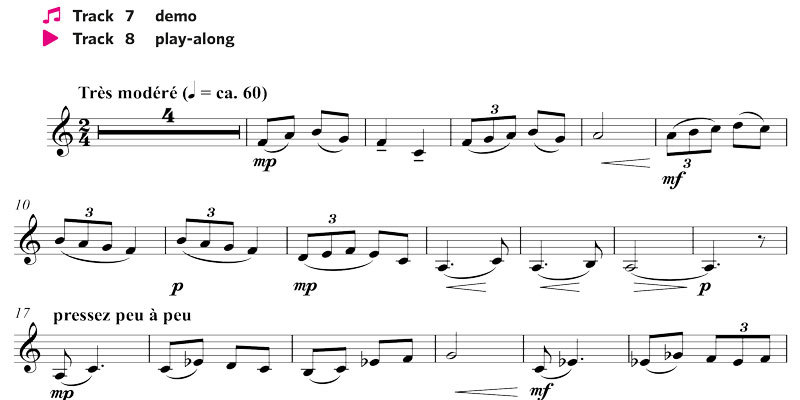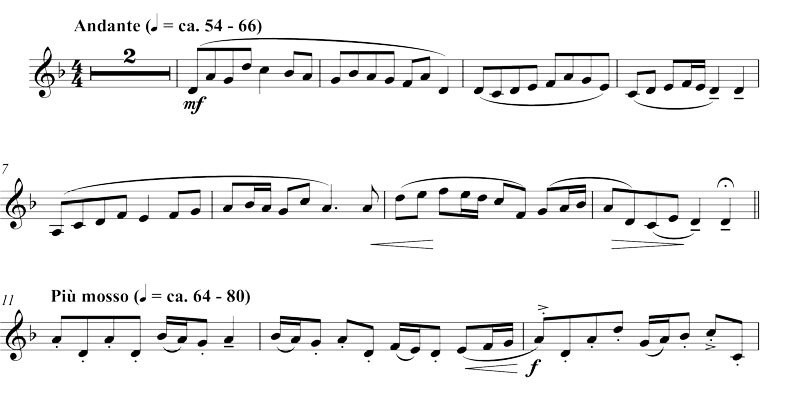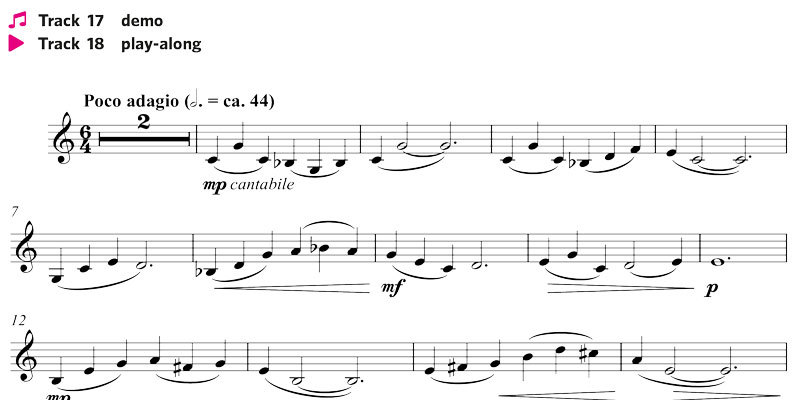
You have no items in your cart

SUMMER SALE
20% discount on all orders until August 31, 2024

12 solos & 12 duets
Reference: CL37
CHF23.00

Get the free accompaniments on SoundCloud
The Clarinet Outings series are conceived to familiarize clarinet players of all levels with a large musical horizont. These books provide original etudes and duets inspired by various composers and styles which mark out music history: from Renaissance to Debussy, from Mozart to Carlos Jobim, via Schoenberg, Steve Reich, Jazz, Celts and other folk music. Each tunes is presented with an introduction text. Accompaniments provide demo and play along tracks.








